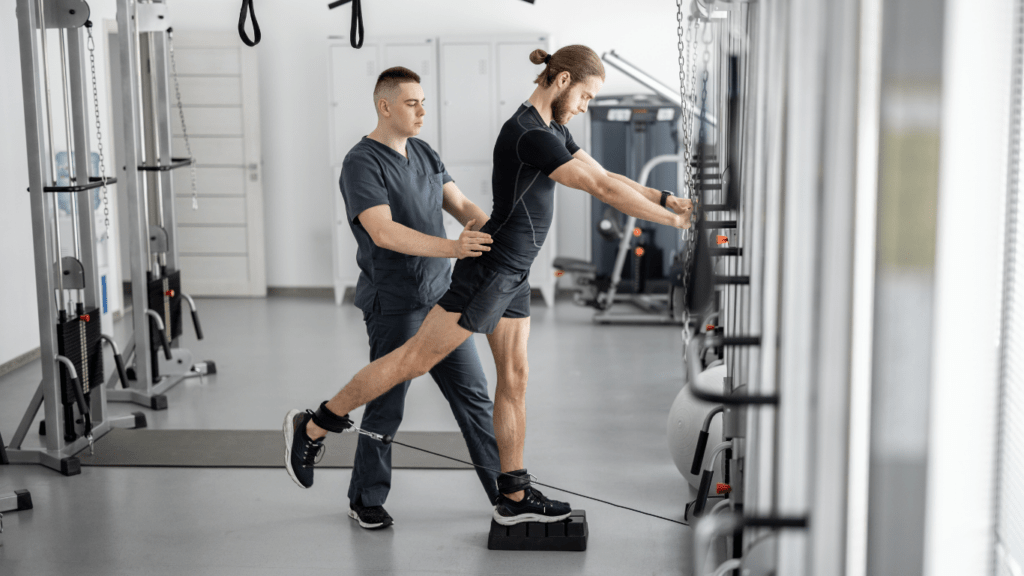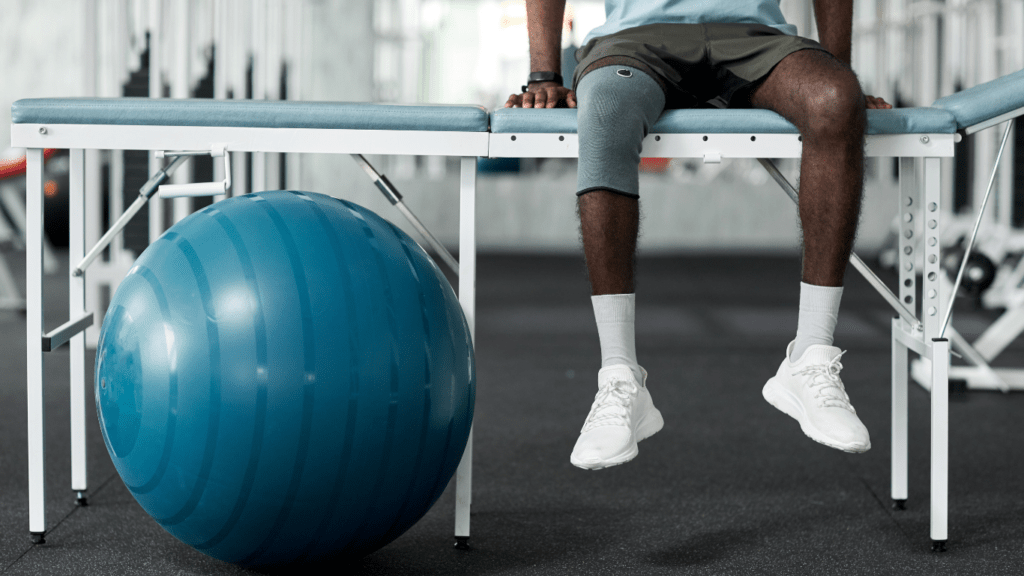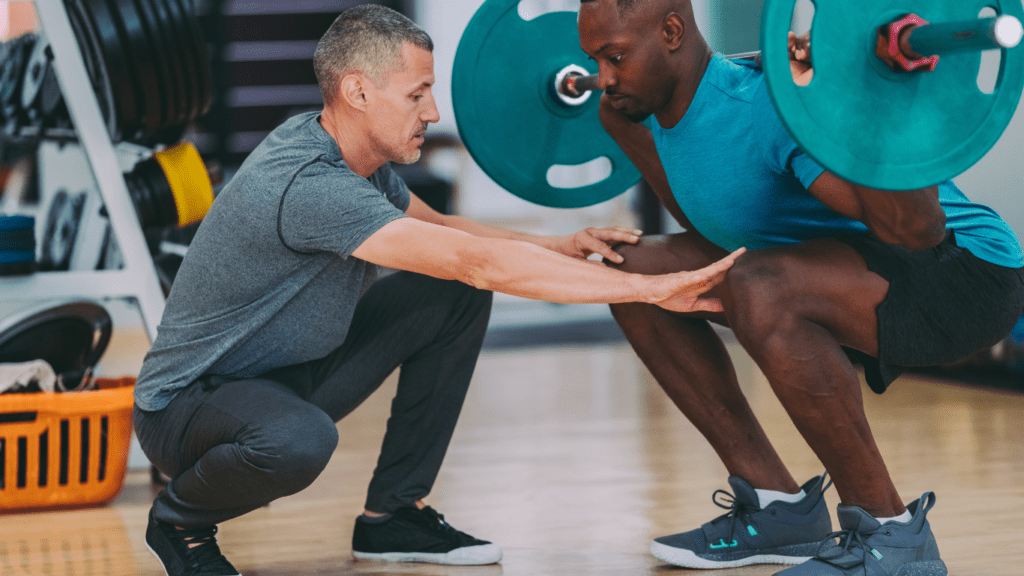Injuries can be a game-changer, whether you’re an athlete, a fitness enthusiast, or someone simply trying to stay active. I’ve often wondered if there’s a better way to approach recovery—or better yet, avoid the need for it altogether. That’s where the concept of prehabilitation comes in, offering a proactive strategy to prepare your body and reduce the risk of injuries before they happen.
Rehabilitation, on the other hand, focuses on recovery after an injury strikes. While it’s essential for healing, what if we could minimize downtime by addressing potential weaknesses beforehand? Understanding the difference between prehabilitation and rehabilitation can help you stay ahead, maximize performance, and maintain long-term health.
Understanding Prehabilitation and Rehabilitation
Prehabilitation and rehabilitation represent two critical strategies in managing injuries, but they serve different purposes. While prehabilitation aims to prevent injuries, rehabilitation focuses on recovery after they occur.
What Is Prehabilitation?
Prehabilitation involves proactive measures to reduce injury risk by targeting weak areas or imbalances. It’s widely used in sports, fitness, and even pre-surgical preparation. Exercises in prehabilitation may include:
- strength training
- mobility drills
- neuromuscular conditioning
For instance, runners often perform hip-strengthening routines to prevent knee injuries. A key goal of prehabilitation is improving movement patterns and joint stability. Regular assessment helps identify vulnerabilities that could lead to injuries. By enhancing overall resilience, individuals can optimize their performance and reduce downtime.
What Is Rehabilitation?
Rehabilitation addresses recovery and functionality after an injury occurs. This process includes pain management, physical therapy, and gradual reintroduction of activity. For example, after an ACL tear, structured exercises help rebuild strength, stabilize the knee, and restore its range of motion.
Rehabilitation plans are tailored to the injury type and severity. Progressing from passive treatments, like ice and compression, to active exercises ensures safe and effective healing. The primary goal is to return the individual to pre-injury activities without compromising long-term health.
Key Differences Between Prehabilitation and Rehabilitation
| Aspect | Prehabilitation | Rehabilitation |
|---|---|---|
| Timing | Before injury or surgery | After injury or surgery |
| Focus | Injury prevention and performance | Recovery and functionality |
| Approach | Proactive | Reactive |
| Outcome | Minimize risk, enhance potential | Restore function, reduce pain |
Prehabilitation emphasizes preventing problems before they arise, whereas rehabilitation concentrates on solving problems post-injury. Both approaches play vital roles in maintaining physical health and performance.
Benefits of Prehabilitation
Prehabilitation offers proactive strategies to minimize injury risks while optimizing physical health. Its benefits extend across injury prevention, performance enhancement, and improved recovery outcomes.
Injury Prevention
Prehabilitation strengthens weak areas and corrects biomechanical imbalances to reduce injury risks. By targeting joint stability and improving movement efficiency, individuals can decrease stress on vulnerable body parts. For example, addressing gait issues in runners or enhancing shoulder stability in swimmers can significantly lower the likelihood of overuse injuries.
Enhancing Physical Performance
Prehabilitation improves strength, flexibility, and coordination, leading to better overall performance. Integrating specific exercises like plyometric drills for athletes or core stability work for weightlifters supports optimal movement patterns. This proactive training enables individuals to perform at peak levels without compromising safety.
Faster Recovery Times
Prehabilitation reduces recovery durations by preparing the body for potential challenges. Strengthening muscles and increasing joint resilience prior to surgery or physical stress minimizes post-event complications. For instance, pre-surgical prehabilitation often results in shorter rehabilitation periods and quicker functional restoration.
Role of Rehabilitation in Injury Recovery

Rehabilitation plays a critical role in promoting recovery after an injury. It focuses on restoring function, reducing pain, and ensuring a smooth return to normal activities.
Restoring Functionality
Restoring functionality is the primary goal of rehabilitation in injury recovery. Rehabilitation programs target the injured area through exercises that improve strength, mobility, and coordination. For example, after a knee injury, therapy might include range-of-motion exercises, resistance training, and balance work. Functional restoration allows individuals to regain everyday movement patterns essential for returning to daily activities or athletic performance.
Managing Pain and Limitations
Effective pain and limitation management bridges the gap between injury and recovery. Therapeutic techniques like manual therapy, ultrasound, or electrical stimulation alleviate discomfort. Controlled movement under the guidance of a physical therapist minimizes stiffness and prevents further damage while promoting healing. Adopting tailored pain management strategies ensures comfort and steady progress during recovery.
Setting Long-Term Recovery Goals
Long-term recovery goals ensure sustained improvement and prevent reinjury. Rehabilitation professionals define milestones based on specific injuries, such as regaining full joint range or achieving pre-injury strength levels. Regular assessments track progress, and adjustments refine the approach when needed. Long-term planning not only restores function but also equips individuals with tools for maintaining health and avoiding future complications.
Comparing Effectiveness: Prehabilitation vs. Rehabilitation
Prehabilitation and rehabilitation each play crucial roles in preventing injuries and enhancing recovery. Understanding when to use each can help maximize outcomes and maintain physical performance.
When to Rely on Prehabilitation
Prehabilitation works best as a proactive strategy to address weaknesses before injuries develop, particularly for athletes and individuals preparing for surgery. I often recommend it during off-seasons or pre-surgical phases to build resilience. Strength training, mobility exercises, and targeted assessments can correct imbalances and improve movement efficiency. For example, improving core stability in runners helps reduce the risk of lower back or hip injuries. This approach ensures the body is better equipped to handle physical demands, reducing the likelihood of both acute and overuse injuries.
The Importance of Rehabilitation Post-Injury
Rehabilitation stands out as essential when recovering from an injury to restore functionality and prevent further complications. I concentrate on exercises tailored to rebuild strength, mobility, and coordination in the injured area. For example, post-ACL surgery programs target the knee joint with controlled movement drills and progressive resistance exercises. Pain management techniques, such as manual therapy or electrical stimulation, alleviate discomfort and accelerate healing. Setting long-term recovery goals ensures continued progress while minimizing the risk of reinjury, keeping individuals on track for a full return to activity.
Synergy Between Both Approaches
Combining prehabilitation and rehabilitation provides the most comprehensive injury management plan. Prehabilitation builds a strong foundation, preparing the body to handle physical stresses, while rehabilitation restores function after an injury. I notice better outcomes when individuals integrate both strategies. For instance, prehabilitative exercises before surgery can shorten rehabilitation timelines and improve recovery quality. Together, these approaches support injury prevention, optimized recovery, and sustained peak performance.



 Founder & Head Performance Strategist
Founder & Head Performance Strategist
